Country Name: Venezuela
System of government: Federal Republic
Capital: Caracas (pop. 3,510,000)
Location: In northern South America on the coast of the Caribbean and the Atlantic, bordered by Guyana, Brazil and Colombia
Area: 912,050 sq km
Population: 32,000,000
National composition: Mestizos (75%), creoles (15%), Amerindians, Europeans
Religion: Roman Catholic
Official language: Spanish
Currency: bolivar = 100 centesimos
Administrative divisions: 20 self-governing states, 2 federal territories and 1 federal district Other
Major cities: Maracaibo (pop. 750,000), Valencia (pop. 410,000), Barquisimeto (pop. 370,000)
Highest elevation: Pico Bolivar (5,002 m) in the Cordillera
Chief rivers: Orinoco, Caroni (with the world’s highest waterfall, the Salto Angel, 979 m), Meta, Arauca, Apure
Largest lake: Maracaibo (sea bay), Valencia
Climate: Hot tropical, with rainy summers and dry winters
Motto: Historic: Dios y Federación (Spanish)
“God and Federation”
Anthem: Gloria al Bravo Pueblo (Spanish)
Glory to the Brave People
Venezuela Location Map:
Venezuela Encyclopedia & Facts for Kids
To the east rise the Guiana Highlands, while the central part of the country is formed of the Orinoco Basin dissected by the Orinoco. To the north rises the Cordillera de Venezuela, while the highest mountains are in the west (the Cordillera de Merida). Large tracts of land are covered by mountain forest, the home of vardents, lizards, caymans and many species of birds.
Only about five per cent of the land is farmed, mainly for sugarcane, bananas, maize, rice, coffee beans, cocoa beans and cotton.
The mainstay of Venezuelan economy is mining, as the country has enormous reserves of oil and natural gas, iron, manganese, zinc, lead, copper and other metal ores, gold, silver and diamonds. The industry is predominantly of the light type, producing beer, fruit juice, sugar, dairy and meat products, textiles, leather goods and furs. The production of steel and petro-chemicals is rapidly being developed. Aluminium and tractors are the major industrial exports.
The communications network and transport are still not adequate to meet the country’s needs.
Learn More:
Venezuela, known since 1999 as the Bolivarian Republic of Venezuela, is a country on the northern coast of South America. Its former president, Hugo Chávez, promoted his socialist “Bolivarian Revolution” as a model for other countries to follow. Closely allied with Cuba, Chávez had a pronounced influence in much of the region during his 14 year rule as president, which ended with his death from cancer in March, 2013.
A former Spanish colony, today Venezuela is known for its petroleum industry, its biodiversity, and its natural features, including Angel Falls. Located in the Guayana highlands, it plunges off the edge of a “tepui,” or table-top mountain, and falls 2,421 feet to the river below, making it the tallest waterfall on earth.
Venezuela is also among the most urbanized countries in Latin America, and the vast majority of Venezuelans live in the cities of the north, especially in the largest metropolis, Caracas. Other major cities include Maracay, Maracaibo, Barquisimeto, Valencia, and Ciudad Guayana.
 Kids Portal For Parents India Kids Network
Kids Portal For Parents India Kids Network
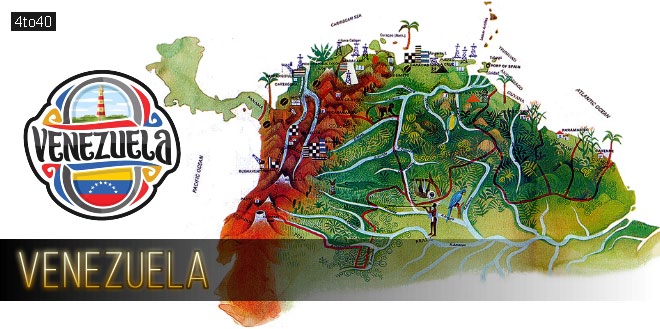
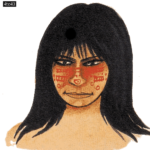
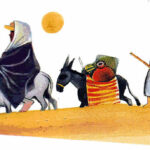
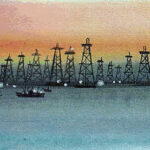
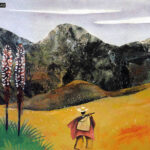
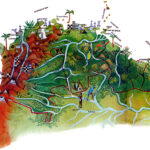
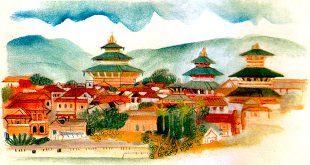
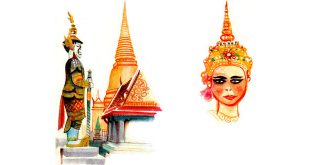
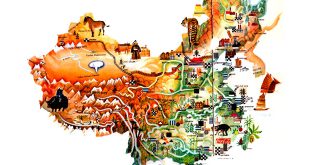
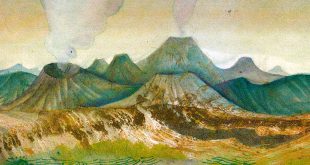
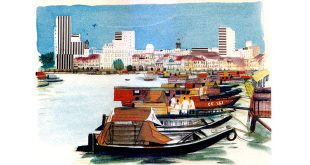
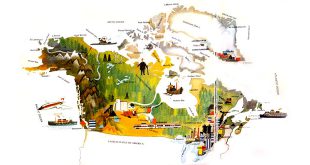
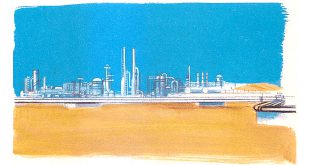
2 comments
Pingback: Guyana Encyclopedia - Facts for Students - Kids Portal For Parents
Pingback: Brazil Encyclopedia & Facts for Students - Kids Portal For Parents